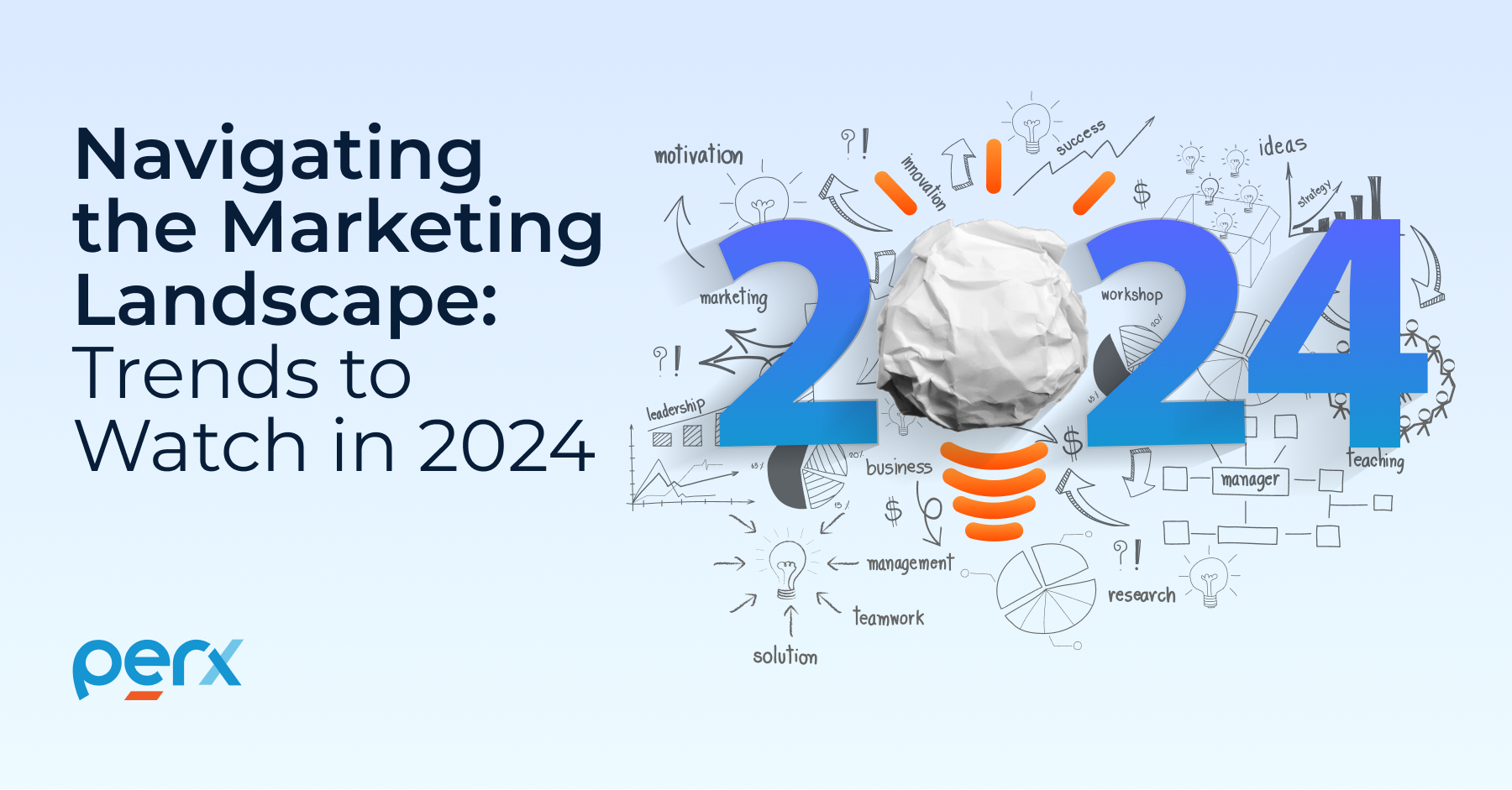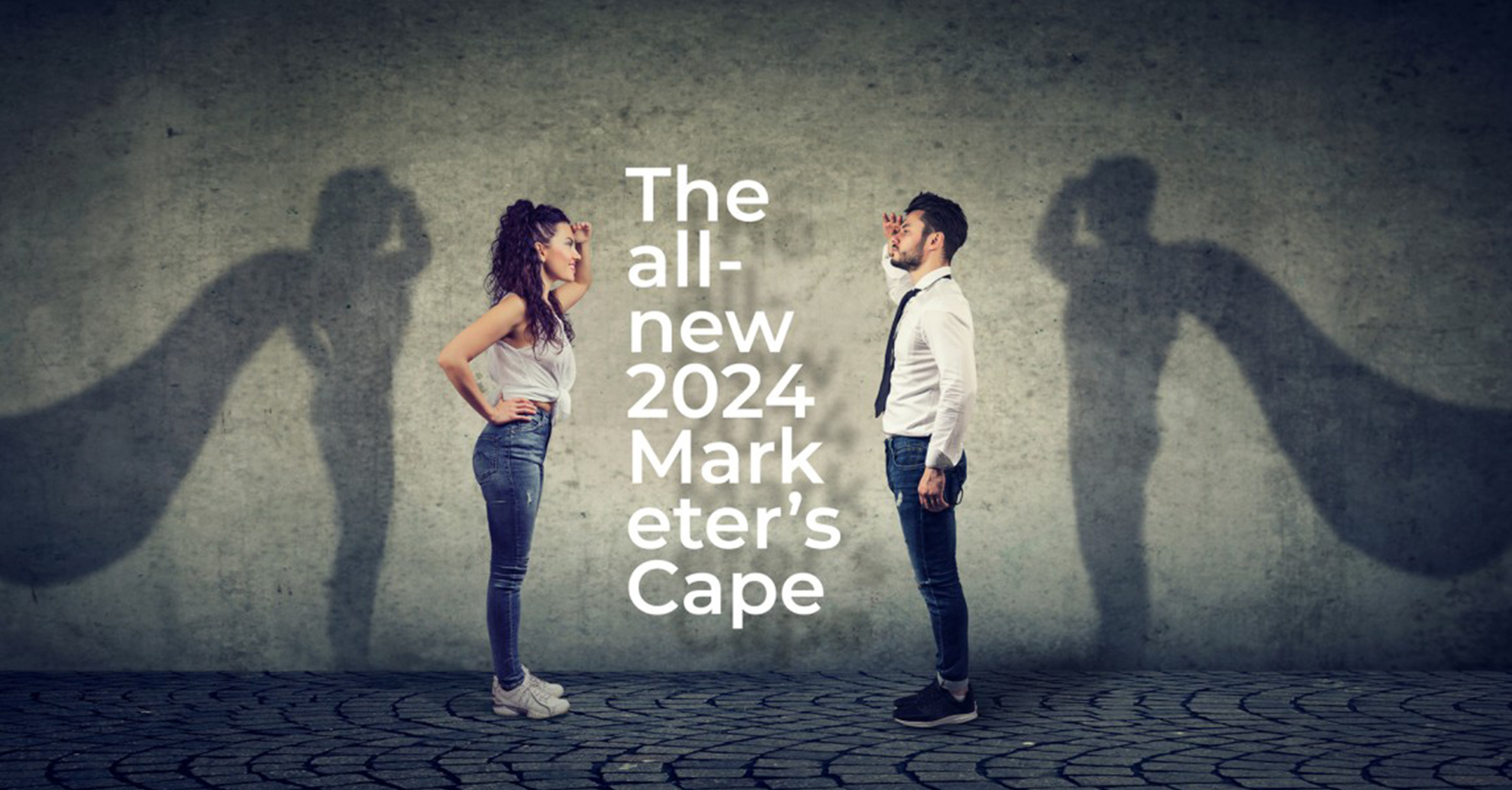Turn your brand’s first green step into one giant leap
Gamifying Sustainability: How to Gamify and Supercharge Your Brand’s Sustainability initiatives in 6 steps.

Gamifying Sustainability: How to Gamify and Supercharge Your Brand’s Sustainability initiatives in 6 steps.
Why should saving the planet be a grim politically driven topic filled with visuals of pollution and melting ice caps? Let’s infuse some fun into the agenda of pushing our planet’s expiry date further, one consumer action at a time.
As more companies strive to make a positive impact on the environment, they are turning to gamification as an effective way to motivate their employees and customers to do the same. By creating competitive challenges that reward users for their sustainability efforts, businesses can drive their sustainability goals while increasing engagement and loyalty. Let’s break down why gamifying your brand’s sustainability goals is important.
The Benefits of Gamifying Sustainability
Your internal customers: Gamifying your brand’s sustainability efforts can help you reach your goals in a few different ways. First, it provides employees with an incentive to get involved in initiatives that will help the environment. This builds morale by allowing them to feel like their work is making a difference and encourages collaboration between otherwise siloed business units. It also helps foster team-building, which can lead to greater success when tackling projects that impact topline or bottomline.

Your Customers: If you are a B2C brand it gives your customers a tangible way to show their commitment to the cause. By engaging in friendly competitions or completing individual tasks, customers can earn rewards that keep them coming back for more.
Bottomline Savings: If your B2B brand serves medium to large enterprises, incorporating gamified sustainability tactics into negotiations can be a powerful tool when closing new deals or pursuing outstanding accounts.
For instance, if a customer requests a one-off pricing discount, you can suggest a collaborative sustainability initiative and turn the transaction into a game by offering rewards based on managed services. This approach benefits both brands in a B2B environment, as they can share the costs of such initiatives, including tax reliefs. Furthermore, in some countries, investing in sustainability can lower the cost of capital, adding another incentive to prioritize these efforts.
In essence: This helps build brand loyalty and encourages consumers to spread the word about your company’s commitment to sustainability. Finally, gamifying your brand’s sustainability goals also signals that you care about the environment and are taking steps towards protecting it. This helps boost your reputation and shows potential customers that you are committed to making a positive impact on the world around you.
How To Get Started With Gamification
One of the best ways to start incorporating gamification into your strategy is by setting up leaderboards or competitions that track progress towards specific objectives or milestones related to sustainability initiatives. You can even offer rewards such as discounts or exclusive products for those who participate in these challenges or complete certain tasks related to sustainable practices. Additionally, you can leverage existing customer data such as purchase history or demographics information in order create personalized experiences tailored specifically for each user based on their interests or preferences when it comes to green initiatives or causes they care about most.
Supercharging Gamified Sustainability Journeys With Instant Gratification
Gamification without rewarding customers for their action is like trying to clap with one hand tied behind. When the ice caps are not melting at one’s door step and a half a degree fluctuation in day to day weather can be mitigated with an airconditioner’s remote it’s safe to assume that most humans live by the saying “ignorance is bliss”. Hence, one of the biggest challenges in sustainability initiatives is maintaining momentum over time – in other words sustaining sustainability. Offering rewards to consumers for taking environmentally-friendly actions is crucial in motivating them to continue to follow through with sustainable behaviors.
When customers receive immediate feedback on their actions, in the form of a reward notification when they recycle a product, it creates a positive reinforcement loop that with time turns those discrete actions into a behavior and eventually a habit.

Instant gratification mechanics powered by personalized rewards not only increases engagement with your sustainability initiatives but also strengthens the thought relation a customer has towards your brand. Additionally, companies can incentivize continued participation in sustainability programs by offering rewards like discounts or exclusive access to products immediately after completing an action. When deploying gamification and instant gratification in mobile-first customer journeys, it’s important for brands to consider user experience design principles such as clarity and simplicity. Customers should be able to understand how the system works quickly and easily so that they don’t get frustrated or overwhelmed by the process. Additionally, it’s important for brands to ensure that their systems are secure so that customer data remains safe from malicious actors.
6 Steps for brands to achieve their sustainability Goals
Now that we’ve addressed the WHAT and WHY, here are the 6 steps presented in the form a consumer journey that can help you achieve your sustainability goals on autopilot.
| Objective To move, motivate and inspire consumers to live kinder to earth. |
Goal Leveraging the power of gamified consumer journeys to foster and accelerate planet friendly daily consumer habits and behavior. |
Objective
To move, motivate and inspire consumers to live kinder to earth.
Goal
Leveraging the power of gamified consumer journeys to foster and accelerate planet friendly daily consumer habits and behavior.
| Objective To move, motivate and inspire consumers to live kinder to earth. | Goal Leveraging the power of gamified consumer journeys to foster and accelerate planet friendly daily consumer habits and behavior. |
Awareness
The topic of sustainability is constantly in the news, from green peace movements and tree-hugger protests to policy discussions at events like Davos 2023. As marketers and custodians of our sustainability intiaitives, it’s our responsibility to help our audience navigate through the noise and understand how simple lifestyle changes can contribute to sustainability.

By raising awareness and providing education before the acquisition and activation phases, we can increase consumer buy-in and promote long-term engagement with sustainability initiatives.
Acquisition and Activation
In many ways sustainable living is very similar to when someone inculcates a new habit. To make the small to medium shifts in lifestyle last it requires baby steps, repetition of actions and constant reminders. The best tool to drive repetitive actions is the loyalty program. In this case its not for anything materialistic but rather for a good cause.

Campaign Messaging Sample
”Joining the mother of all loyalty programs; literally. Whether it’s a bamboo toothbrush or a green shopping bag or opting to take the public transport where needed, the green step program will let you earn sustainability seeds for every planet friendly action you take. Rake in your seeds and instantly trade them in our green market where 100s of brands who are kinder to earth participate to trade in your seeds for sustainable products.”
Action: Take a quiz after watching this video and rake in your sustainability seeds. Sign up to trade your seeds in our green market. Signup for a greener earth and make your actions count.
Initial Engagement followed by Continuous Engagement
After successfully acquiring customers and incentivizing them to join your sustainability journey, the next steps are to engage and continue to engage them meaningfully. It’s important to note that activating and engaging customers are two distinct objectives. Failing to distinguish between the two can result in losing new customers who lose interest and drop out of the journey. In other words, it’s like pouring water into a leaky pot.
When designing gamified engagements to supercharge your sustainability endeavours, it’s best to take small steps. Begin with actions that don’t require significant lifestyle changes. This approach can make it easier for the target audience to adopt the engagement strategy with minimal resistance. As sustainability is an ongoing pursuit, the audience should be given the opportunity to participate from anywhere and at any time, whether from the comfort of their couch or while they are out shopping.
An effective solution to this challenge is to create always-on campaigns that have minimal entry and exit barriers, powered by QR codes and notifications. Consider a gamified experience that starts with scanning a QR code, where customers are rewarded for every sustainable action they take. This experience can be delivered through a microsite or an in-app web instance, displaying the customers’ current loyalty seed count, the actions completed, the sustainability campaigns they are participating in, their progress in these campaigns, and an upload button to showcase their recently completed sustainable action.

Campaign Messaging Sample
“Shopping for groceries, reduce or reuse, working out to stay fitter, Shopping with your own green bag, buying a potted plant, planting a seed, or inviting friends and family to take their first steps or even cycling to work, be rewarded for every green step you take.”
Finally We Arrive At The Carrot
It all boils down to the carrot AKA the incentive or the reward. The reward is the most important ingredient of your engagement. Actions will not be completed if the corresponding reward is not rewarding enough. For example: If you want to drive any of the following, you will need to first decide the type of incentive you want to drive them with, followed by the actual reward.
Campaign Messaging Sample
“Complete your weekly actions and be rewarded with digital seeds. Exchange your digital seeds at the green market to redeem products that are made with sustainability in mind
eg: Devices from Samsung and Apple who use recycled plastics, aluminium. Clothing from Patagonia, H&M, Girlfriend Collective and so on.”
Here is a cohesive gamified customer journey for you to envision all the 6 steps in action

In Summary
Gamifying your brand’s sustainability goals is a great way to motivate employees and customers alike while helping make a positive impact on the environment at large. By leveraging existing customer data and offering incentives for participation, you can create an engaging experience that encourages everyone involved—from employees all the way down—to take ownership over their part in helping protect our planet for future generations. If you want to learn more about how gamification can help you drive critical customer actions that contribute to your top line or bottom line, lets have a chat – Connect with us.

Digital Marketing, Customer Retention, Marketing Strategy

Blogs, Sustainability, API Calls

Blogs, Sustainability, API Calls

Blogs, Sustainability, Marketing Strategy

Customer Engagement, User Growth, Engage and Monetize
Global businesses have driven over 5 billion customer-brand interactions on Perx.
Ready to join them?

Perx Technologies Pte Ltd
20A Tanjong Pagar Road
Singapore 088443
An ISO/IEC27001:2013 and ISO 27018:2019 compliant cloud solution



© 2024 Perx Technologies. All rights reserved.